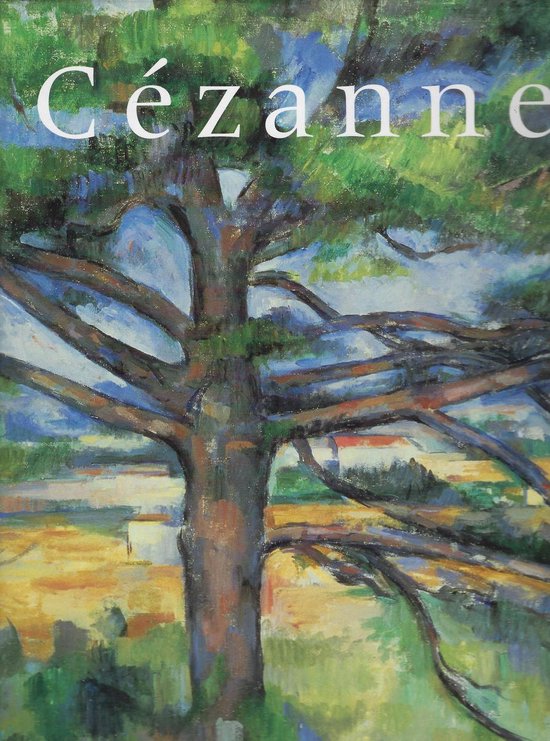
Paul Cezanne
Paul Cezanne was one of the great loners in art. His whole life long he remained financially dependent on his father, a banker. Rejected by the Ecole des Beaux-Arts in Paris, and largely self- taught, he was associated with the Impressionists for a while. However, Cézanne was out to eliminate elements of chance and create something enduring that depended not only on visual impressions but on the responses of all the senses. His work met with derision from his contemporaries and critics alike. He painted still-lifes and landscapes, portraits and bathers, and evolved a revolutionary approach to spatial and visual values that influenced the Modernist painters who followed, particularly the Cubists. Hajo Düchting's monograph analyses the phases the "Father of Modernism" went through in terms of Cézanne's subjects and style. Its wealth of colour illustrations makes this the most sumptuous book on Cézanne yet published.
Hajo Düchting was born in Düsseldorf in 1949. He trained as a translator, then studied art history, archaeology and philosophy at the University of Munich. In 1981 he completed a doctoral thesis on Robert Delaunay's "window" paintings.
Hajo Düchting has worked in museums and organized didactic exhibitions of Monet's water- lily paintings as well as the series of exhibitions Künstlerbücher im Gasteig for the city of Munich. Since 1983 he has worked in the Art and Design department of a South German publishing house.
Since 1985 he has lectured on art history and museum education at the University of Munich, and since 1990 on art history at the Akademie der Bildenden Kiinste in Munich.
A painter himself, Hajo Düchting lives in Munich, where he is also a writer, editor and translator. Among his book publications are Abenteuer Farbe erleben - gestalten (Ravens- burg, 1988) and Apollinaire zur Kunst (Cologne, 1988).
| Auteur | | Hajo Düchting |
| Taal | | Engels |
| Type | | Paperback |
| Categorie | | Kunst & Fotografie |





